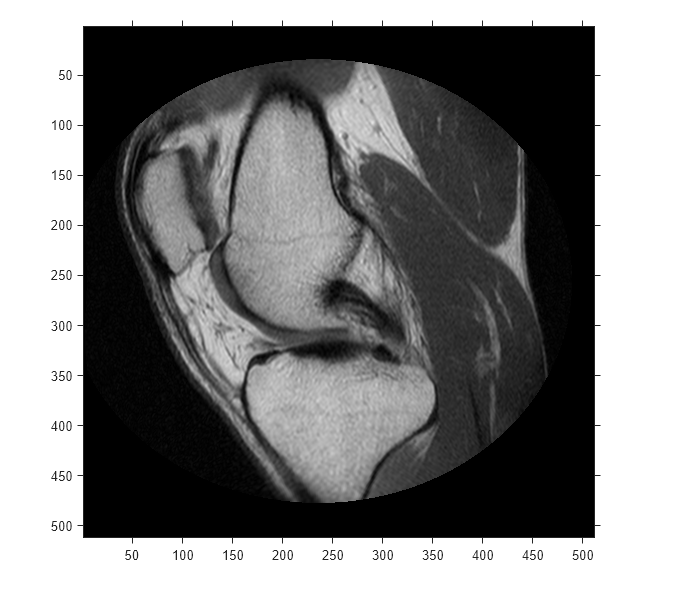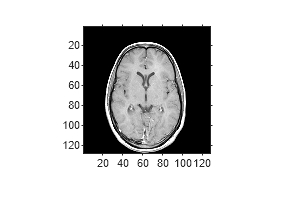intrinsicToWorld
Convert from intrinsic to world coordinates
Syntax
Description
[
maps points from the 2-D intrinsic system
(xWorld, yWorld] = intrinsicToWorld(R,xIntrinsic,yIntrinsic)xIntrinsic,yIntrinsic) to the 2-D
world system (xWorld,yWorld) based on
the relationship defined by 2-D spatial referencing object
R.
If the kth input coordinates
(xIntrinsic(k),yIntrinsic(k))
fall outside the image bounds in the intrinsic coordinate system,
intrinsicToWorld extrapolates
xWorld(k) and
yWorld(k) outside the image bounds
in the world coordinate system.
[
maps points from the intrinsic coordinate system to the world coordinate system
using 3-D spatial referencing object xWorld, yWorld, zWorld] = intrinsicToWorld(R,xIntrinsic,yIntrinsic,zIntrinsic)R.
Examples
Input Arguments
Output Arguments
Version History
Introduced in R2013a

